Andesite Crushing: A Guide to Designing High-Yield, High-Return Plants
3398Our guide to the andesite crushing process, from rock properties to plant design. Learn to select the right jaw & cone crushers for high efficiency.
View detailsSearch the whole station Crushing Equipment
For decades, I’ve seen mining operations treat waste rock as a costly liability. They spend fortunes hauling it to dumps, creating mountains of lost opportunity. The smart move today is in mining waste utilization. A waste rock sand production project can transform that liability into a highly profitable asset.
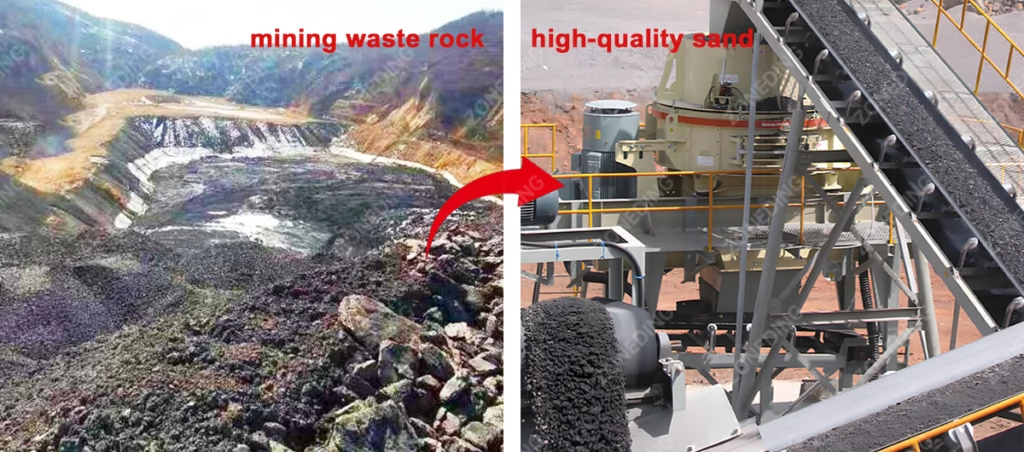
However, this isn’t as simple as buying a crusher. I have seen many projects fail because they treat variable mine waste like clean quarry rock. It is not. Success requires a disciplined manufacturing approach. This guide will provide the practical steps and insider knowledge to build a profitable manufactured sand production line from your mine’s waste stockpiles.
Transforming mine tailings to sand is more than just an environmental initiative; it’s a powerful business strategy. For years, I’ve helped clients shift their perspective from “waste management” to “value creation.” You are not just getting rid of a problem; you are creating a saleable product from a zero-cost raw material.
The benefits are clear and compelling. First, you convert a major operating cost (hauling, dumping, managing waste piles) into a new revenue source. Second, you extend the life and value of your mine by monetizing 100% of the material you extract. Third, you significantly reduce your environmental footprint, which is crucial for maintaining a social license to operate and aligns with modern green mining principles. This process also conserves natural resources by creating high-quality construction aggregate, reducing the need to quarry virgin materials.
You see a mountain of rock and assume it is valuable. But what if it contains hidden problems that will make your sand unsellable and destroy your equipment? This is the first and most critical hurdle.
To judge the value, you must conduct a geological audit. The rock must be physically strong and free from harmful contaminants like swelling clay, mica, or sulfides. A lab test is essential before you invest.
The single biggest failure is assuming all waste rock is the same. It is not. Your waste dump is a complex, man-made deposit. You must treat it with the same respect you would a new ore body.
Before you spend a single dollar on equipment, invest in understanding your raw material. A comprehensive lab analysis will tell you if you have a viable resource.
| Ideal Raw Materials | Problematic Materials to Avoid |
|---|---|
| Granite, Basalt, Diabase: Hard, durable rock that produces high-strength, cubical sand. | High Clay/Soil Content: Clogs crushers and washing systems; ruins concrete quality. |
| Limestone, Dolomite: Medium-hard rock, easier to crush and good for general construction use. | Mica and Shale: Creates weak, flaky, elongated particles that fail quality standards. |
| Sandstone: Often already contains sand-sized grains, making it efficient to process. | Sulfide Ores (e.g., Pyrite): Can cause acid rock drainage and long-term durability issues in concrete. |
| Mine Tailings & Smelting Slag: Can be processed, but require specific analysis for chemistry. | Weathered or Friable Rock: Breaks down into excessive dust rather than usable sand. |
You cannot just crush rock until it is small. That makes dust and flaky chips. To make premium sand, you must follow a precise manufacturing process: crush, screen, shape, and wash.
A successful manufactured sand production line involves feeding, multi-stage crushing, screening, and washing. The specific crushers used—like a Cone Crusher versus an Impact Crusher—depend entirely on the hardness of your rock.
Creating premium manufactured sand is a systematic, multi-stage process. Each stage has a specific purpose, and using the right equipment at each step is essential for efficiency and product quality.
The journey begins by reducing the large, run-of-mine waste rock to a manageable size.
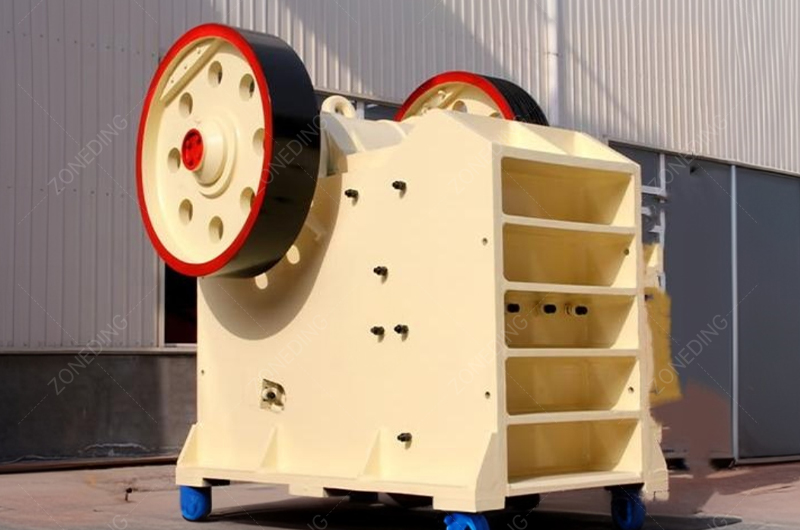
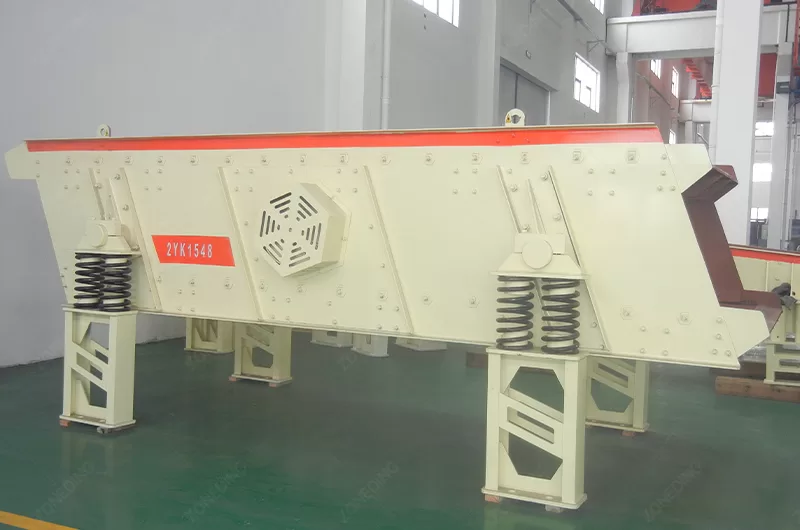
This stage further reduces the rock size and begins the process of shaping.
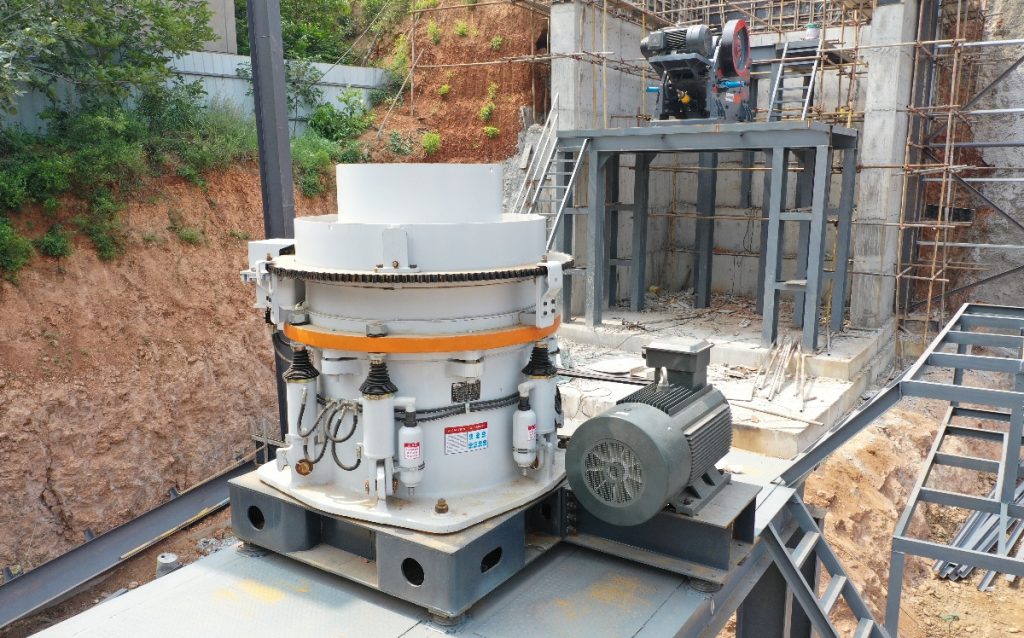
This is the most important stage for creating a high-value product. The goal here is not size reduction, but particle shaping.
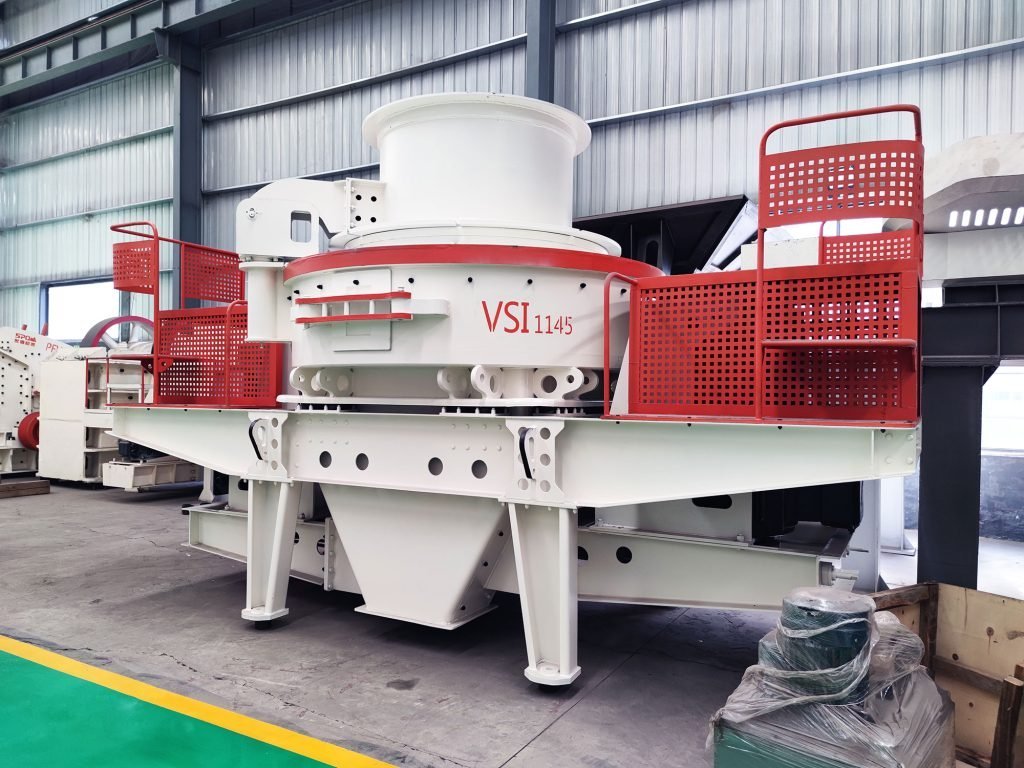
The final step is to clean the sand and grade it to meet market specifications.

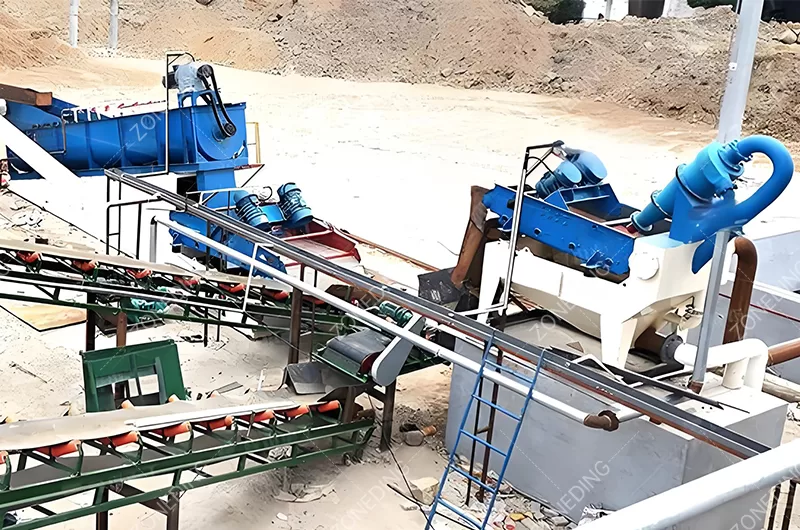
A waste rock sand production project is a manufacturing business. Your success depends on a clear understanding of costs and revenues. While every project is different, we can create a simple model to analyze the potential project ROI.
Let’s assume a 150 TPH (tons per hour) plant operating for 10 hours a day, 300 days a year.
| Equipment Category | Estimated Cost (USD) | Notes |
|---|---|---|
| Crushing & Screening Equipment | $400,000 – $700,000 | Jaw Crusher, Cone Crusher, VSI, Screens, Feeders |
| Washing & Fines Management | $100,000 – $200,000 | Sand Washer, Dewatering Screen, Water System |
| Conveyors & Steel Structures | $80,000 – $150,000 | All necessary transport and support structures |
| Total Estimated Equipment Cost | $580,000 – $1,050,000 | Does not include civil works, installation, power. |
The key to profitability is managing your cost per ton.
Let’s calculate the potential annual profit:
This simplified profitability analysis shows the immense potential. Even with a significant initial investment, the payback period can be remarkably short, often less than a year, making the ROI extremely attractive.
The product you create is not a low-grade filler. It is a premium construction aggregate that can replace and often outperform natural sand. Because the production process gives you precise control over particle shape, gradation, and cleanliness, this sand is highly sought after for:
By meeting strict manufactured sand standards, your product can command a premium price and become a critical component of the local construction material supply chain.
A successful sand production plant is not an off-the-shelf product. It must be engineered based on your specific waste rock and your business goals. A generic Stone Crushing Plants will not deliver the optimal ROI.
To provide you with an accurate design and a detailed quotation, our engineers need key information:
With this data, we can design a balanced, efficient, and profitable system tailored specifically to your project.
Since 2004, ZONEDING has been a leading manufacturer of crushing and grinding equipment. We specialize in solid waste utilization, designing complete manufactured sand production lines that turn liabilities into assets. Our factory-direct model and experienced engineering team allow us to deliver high-performance solutions with a focus on long-term profitability and low operating costs. We have successfully delivered custom plants to clients in over 120 countries, helping them thrive in the circular economy.
Contact us today for a free consultation and a detailed proposal for your waste rock project. Let’s unlock the value hidden in your mine.
Our guide to the andesite crushing process, from rock properties to plant design. Learn to select the right jaw & cone crushers for high efficiency.
View detailsThe Antimony Industrial Proces.Learn about modern mining methods, flotation processing, and the advanced smelting techniques used for metal extraction.
View detailsIt's easy to mistake pyrite for gold. This guide shows you a simple streak test and other quick checks anyone can perform to identify fool's gold.
View detailsOptimize jaw crusher maintenance. Prevent breakdowns, maximize uptime, and ensure consistent, high-efficiency crushing with our practical guide.
View detailsWe use cookies to ensure that we give you the best experience on our website. If you continue to use this site we will assume that you are happy with it.
Privacy Policy